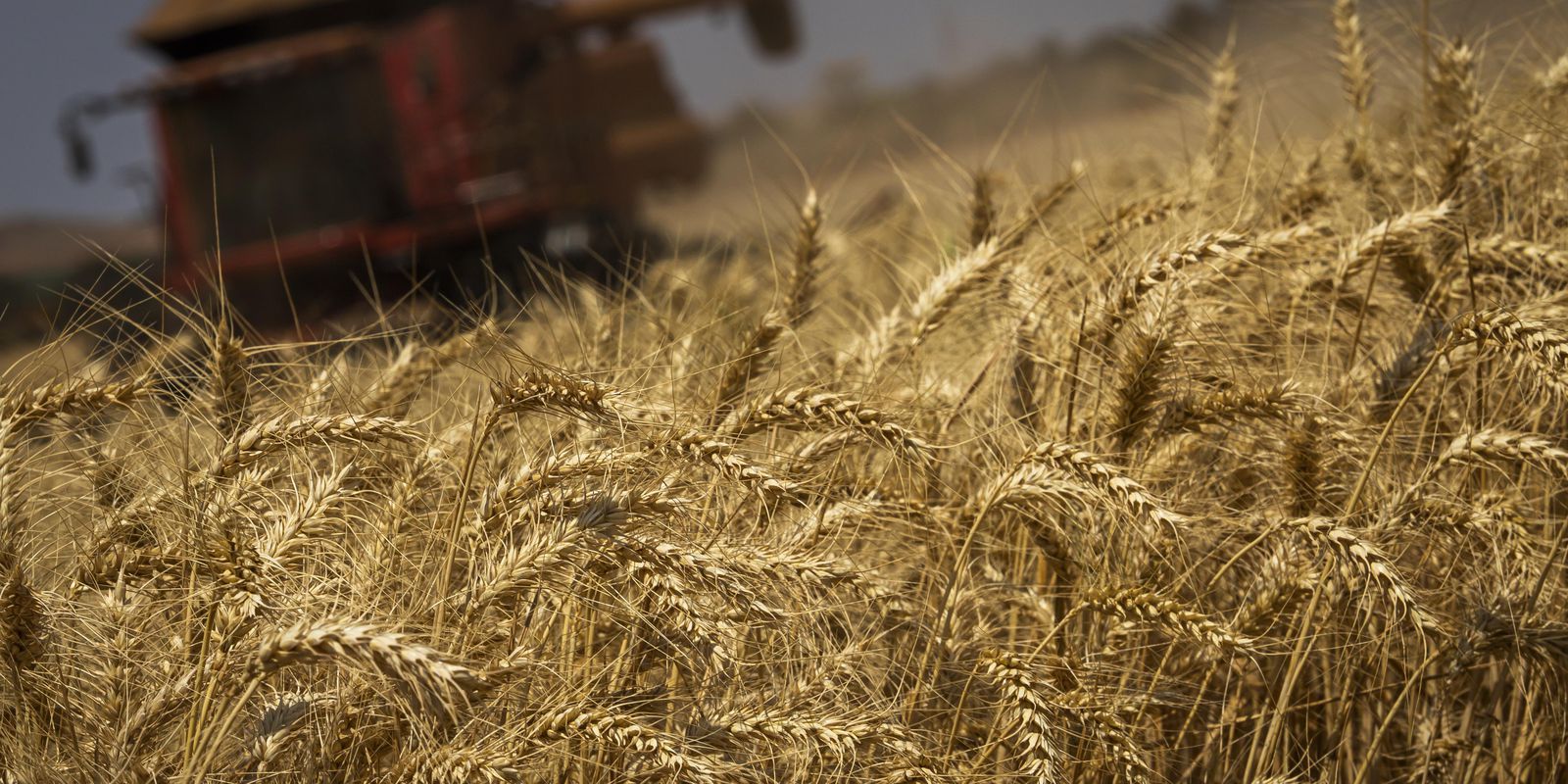The Brazilian harvest of grains, cereals and legumes should reach the mark of 293.6 million tons in 2023, a record projection of the historical series, started in 1975. The forecast is 1.9% higher than that made in the first forecast, released last month?? Compared to 2022, whose harvest should reach 262.7 million tons, according to the November forecast, the projected increase is 11.8%.
The data are from the second forecast of the Systematic Survey of Agricultural Production (LSPA), released today (8) by the Brazilian Institute of Geography and Statistics (IBGE).
The research manager, Carlos Barradas, explains that the increase of 5.5 million tons in relation to the first forecast was due to the entry of field information.
“In 2022, the soybean harvest was drastically reduced due to the lack of rain, especially in the South Region. For the 2023 harvest, so far, weather conditions are favorable to the development of crops, which should allow for a recovery in production. The 2023 harvest should be a new record in the IBGE historical series.”
According to him, there should be a super harvest of soybeans in 2023, with 146.4 million tons, 22.5% more than that registered this year. For corn, the increase should be 5.1%, reaching 115.8 million tons next year.
Harvest 2022
The new forecast by the IBGE is that this year’s harvest will reach 262.7 million tons, an increase of 3.7% compared to the 253.2 million tons of 2021. The area to be harvested grew 6.8% compared to last year, with 73.2 million hectares. The main products are rice, corn and soy, which account for 91.5% of the estimated production and 87% of the area to be harvested.
By region, there was an increase in the estimate for the Midwest (12.2%), North (10.3%), Southeast (13.3%) and Northeast (10.3%), while in the South the production of 2022 of cereals, legumes and oilseeds should drop 15.2%. Mato Grosso is the main national producer of grains, with a share of 30.7% of the Brazilian crop, followed by Paraná (12.7%), Goiás (10.4%), Rio Grande do Sul (9.8%) , Mato Grosso do Sul (8.4%) and Minas Gerais (6.5%). Together, these states accounted for 78.5% of national production.
In the annual comparison, the IBGE estimate indicates an increase of 10.2% in the corn area, 17.9% in the herbaceous cotton (seed), 4.8% in the soybean, 11.8% in the wheat and a drop of 3.2% in the area of rice. In production, increases are 15.2% for herbaceous cotton (seed), 22.3% for wheat and 25.5% for corn. Soy had a drop of 11.4% and rice in the husk of 8.2%.
In relation to the forecast for October, the estimate is for an increase in the production of potato second crop (4.3% or 53,076 tons), sugar cane (4.1% or 24,568,533 t), beans second crop (2.8% or 37,207 t), sorghum (2.0% or 57,045 t), tomato (1.1% or 43,078 t), beans third crop (0.2% or 1,222 t), corn first crop ( 0.2% or 40,443 t) and soybeans (0.1% or 78,405 t).
The forecast is for a drop in barley (-6.7% or -35,834 t), in potato third crop (-1.5% or -16,400 t) and first crop (-0.3% or -4,892 t) , beans first crop (-0.7% or -7,760 t), corn second crop (-0.3% or -258,965 t), e), wheat (-0.2% or -22,781 t) and oats ( -0.0% or -280 t).









